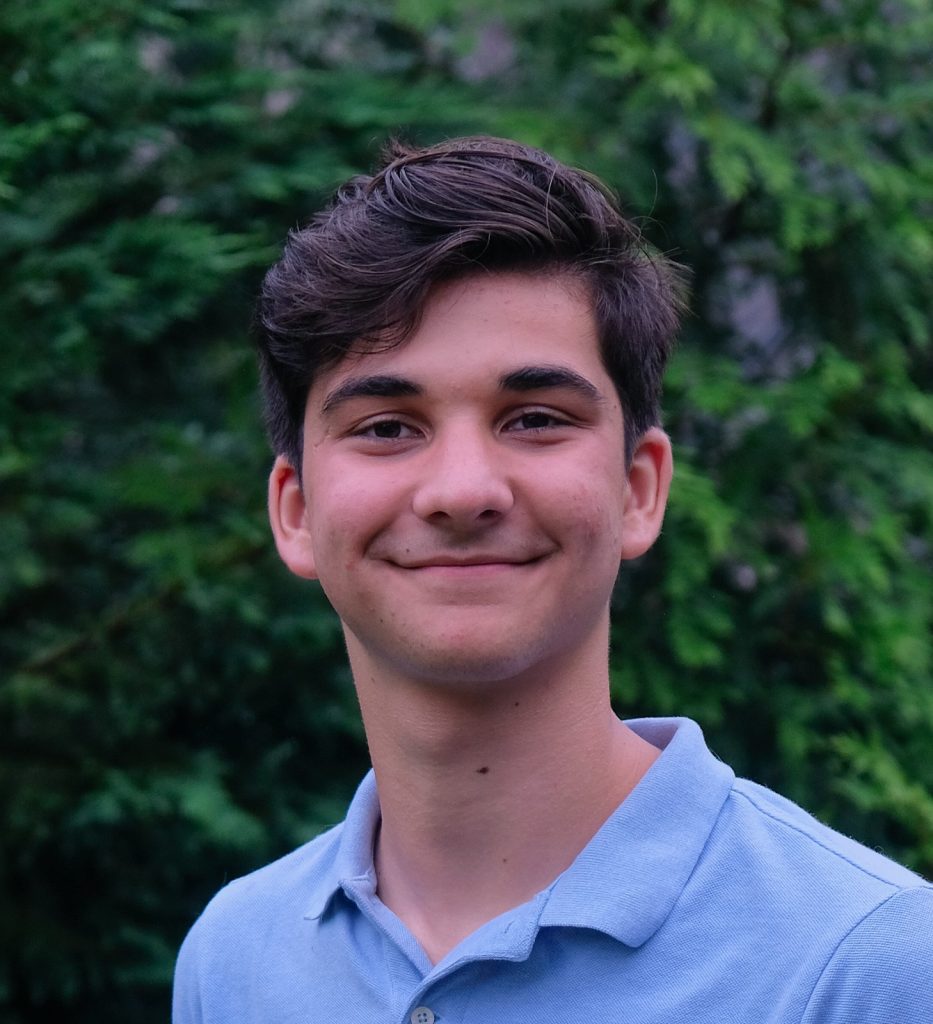
Many university labs may have gone quiet amid coronavirus shutdowns, but faculty continue to analyze data, publish papers and write grants. In this guest post from Duke chemistry professor David Beratan and colleagues, the researchers describe a new study showing how water’s ability to shepherd electrons can change with subtle shifts in a water molecule’s 3-D structure:
Water, the humble combination of hydrogen and oxygen, is essential for life. Despite its central place in nature, relatively little is known about the role that single water molecules play in biology.
Researchers at Duke University, in collaboration with Arizona State University, Pennsylvania State University and University of California-Davis have studied how electrons flow though water molecules, a process crucial for the energy-generating machinery of living systems. The team discovered that the way that water molecules cluster on solid surfaces enables the molecules to be either strong or weak mediators of electron transfer, depending on their orientation. The team’s experiments show that water is able to adopt a higher- or a lower-conducting form, much like the electrical switch on your wall. They were able to shift between the two structures using large electric fields.
In a previous paper published fifteen years ago in the journal Science, Duke chemistry professor David Beratan predicted that water’s mediation properties in living systems would depend on how the water molecules are oriented.
Water assemblies and chains occur throughout biological systems. “If you know the conducting properties of the two forms for a single water molecule, then you can predict the conducting properties of a water chain,” said Limin Xiang, a postdoctoral scholar at University of California, Berkeley, and the first author of the paper.
“Just like the piling up of Lego bricks, you could also pile up a water chain with the two forms of water as the building blocks,” Xiang said.
In addition to discovering the two forms of water, the authors also found that water can change its structure at high voltages. Indeed, when the voltage is large, water switches from a high- to a low-conductive form. In fact, it is may be possible that this switching could gate the flow of electron charge in living systems.
This study marks an important first step in establishing water synthetic structures that could assist in making electrical contact between biomolecules and electrodes. In addition, the research may help reveal nature’s strategies for maintaining appropriate electron transport through water molecules and could shed light on diseases linked to oxidative damage processes.
The researchers dedicate this study to the memory of Prof. Nongjian (NJ) Tao.
CITATION: “Conductance and Configuration of Molecular Gold-Water-Gold Junctions Under Electric Fields,” Limin Xiang, Peng Zhang, Chaoren Liu, Xin He, Haipeng B. Li, Yueqi Li, Zixiao Wang, Joshua Hihath, Seong H. Kim, David N. Beratan and Nongjian Tao. Matter, April 20, 2020. DOI: 10.1016/j.matt.2020.03.023




























